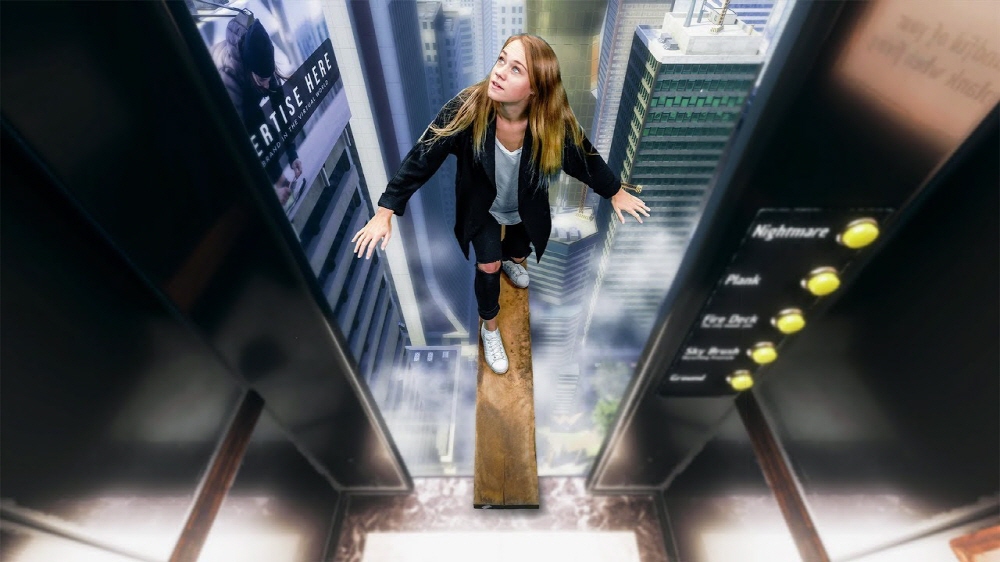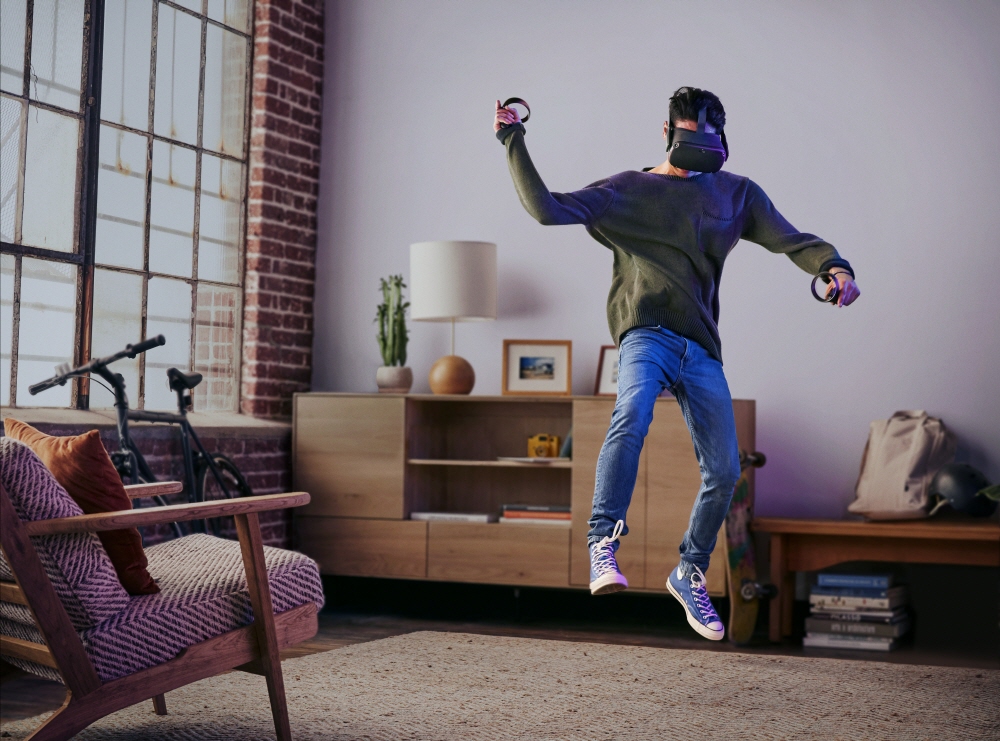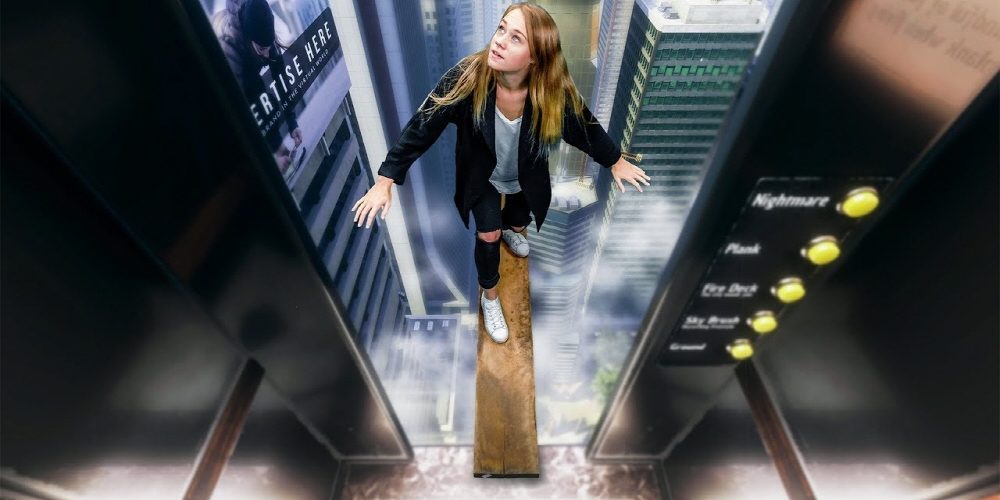
In virtual reality, virtual reality looks like reality to the extent that you scream without your knowledge when you see images falling from high places. Why does virtual reality look like reality?
If you play a virtual reality game like Richie’s Plank Experience, you can enjoy a similar experience of walking through a single wooden board installed on the 80th floor. The graphics are good, but there are also aspects where the light reflection looks abnormal, the exterior walls of the building are smooth, and the graphics are a bit rough when looking at the details. Nevertheless, this game succeeds in giving a realistic experience. If you do a search at places like YouTube, you can see people dropping or making mistakes in virtual reality games.
If so, why does virtual reality look like reality even though it doesn’t look like reality at all? The biggest difference between seeing someone else go through virtual reality and actually experiencing it yourself is in the presence or absence of a virtual reality headset like Oculus Quest 2.
Virtual reality provides a completely different experience to the brain than watching it on TV. When I watch a TV or a smartphone, the screen image is recognized as a flat surface like a photo, and I don’t think of avoiding it even if I show the image of a ball flying on the screen. However, if you show a video of a ball flying in virtual reality, people react to avoid it.

The reason for this reaction is that the virtual reality headset has two screens, one in front of each eye. Each screen is not only placed near both eyes, but also displays slightly different images on each screen. Showing a slightly different image to both eyes means that the position of the fingers is slightly shifted when the left or right eye is closed, which can be understood through an experiment in which one finger is placed in front of the face and the eyes are closed one by one.
Humans determine depth from differences in visual information obtained from both eyes. This is a phenomenon called stereopsis, which is a congestion that makes virtual reality mistaken for a three-dimensional image. When a 3D image moves up, down, left, and right according to the movement of one’s face, the human brain misunderstands that this image is the reality image he is seeing.
In addition, three-dimensional sound is one of the elements that make you think of virtual reality images as if they were real. In a game like the Rich Plank Experience, when you change direction, the wind changes, and so on. Frank Stanik of Hanburg University, who has been researching virtual reality technology for nearly 20 years, has solved the problem of clearly discriminating information obtained from virtual reality from real information. Explain that no has occurred. Virtual reality is a technology unfamiliar to humans, but because it is a technology that mimics innate visual mechanisms, the brain adapts directly to the virtual environment.
According to him, the effect of vision on the brain is enormous, with studies showing that humans get 80% of information from sight. In the experiment of walking straight in a virtual reality image and actually drawing a circle with a radius of 20m, the result was that all subjects were walking as if drawing a circle in the real world, and the human brain was dependent on sight.
The brain relies on visual information, so even if there is a difference between visual information and non-visual information, the brain tends to consider information in sight. In the real world, even if it is hot, it is said that a subject who shows a snowy mountain image in virtual reality feels cold. Experiments are also being conducted to relieve pain by showing virtual reality images of snowy mountains when burned patients change bandages using this phenomenon.
Virtual reality video may not have been refined yet, but in the next 5 or 10 years, CG, which is indistinguishable from reality, is expected to appear, and it is predicted that ethical issues will emerge in this situation.


















Add comment